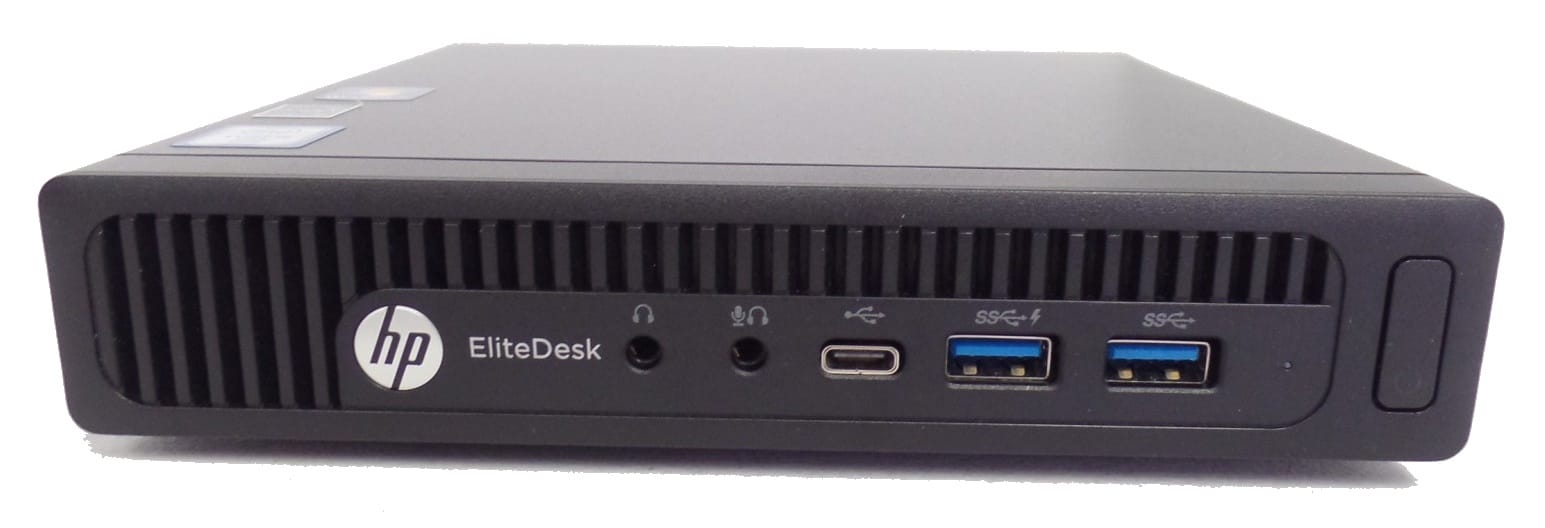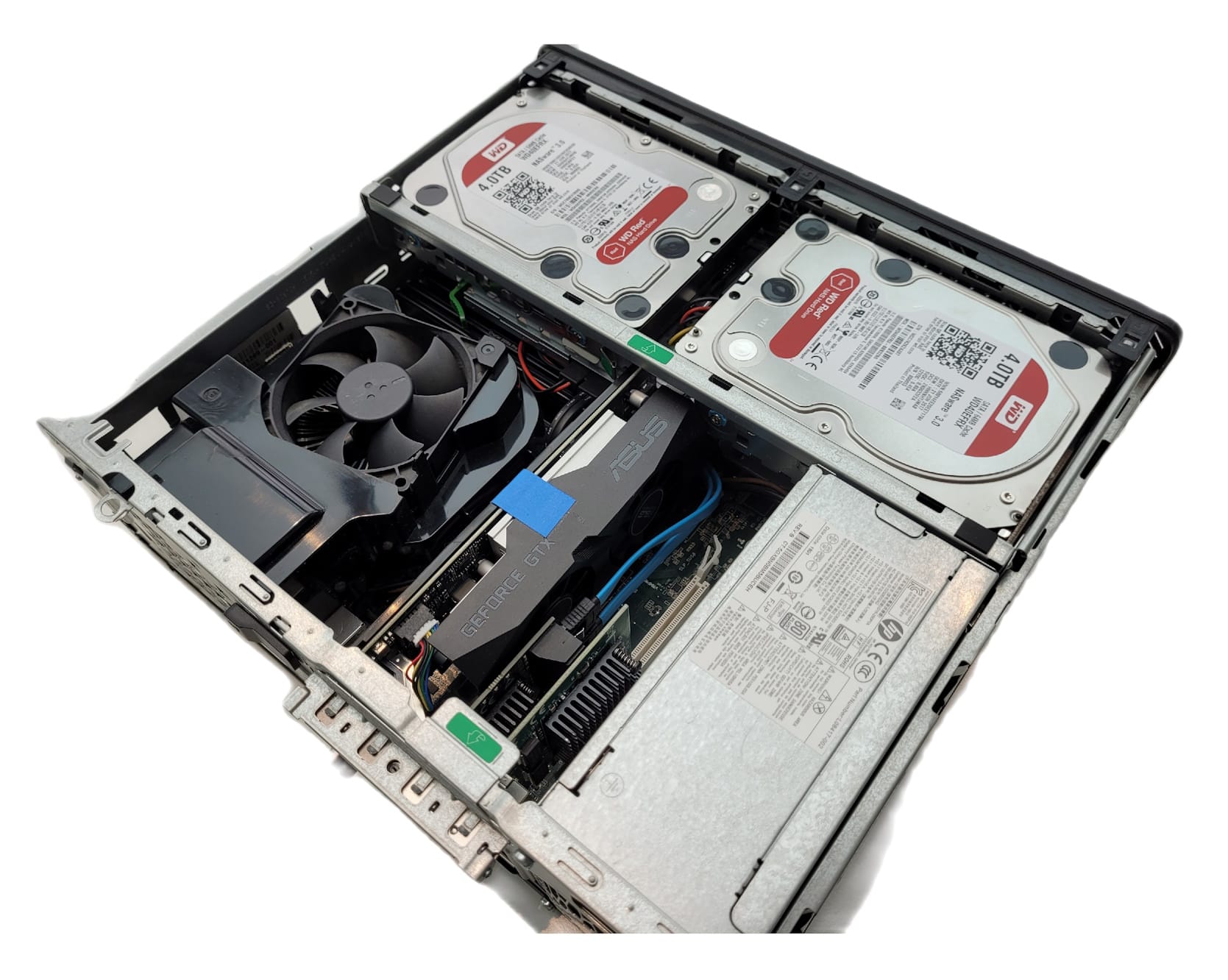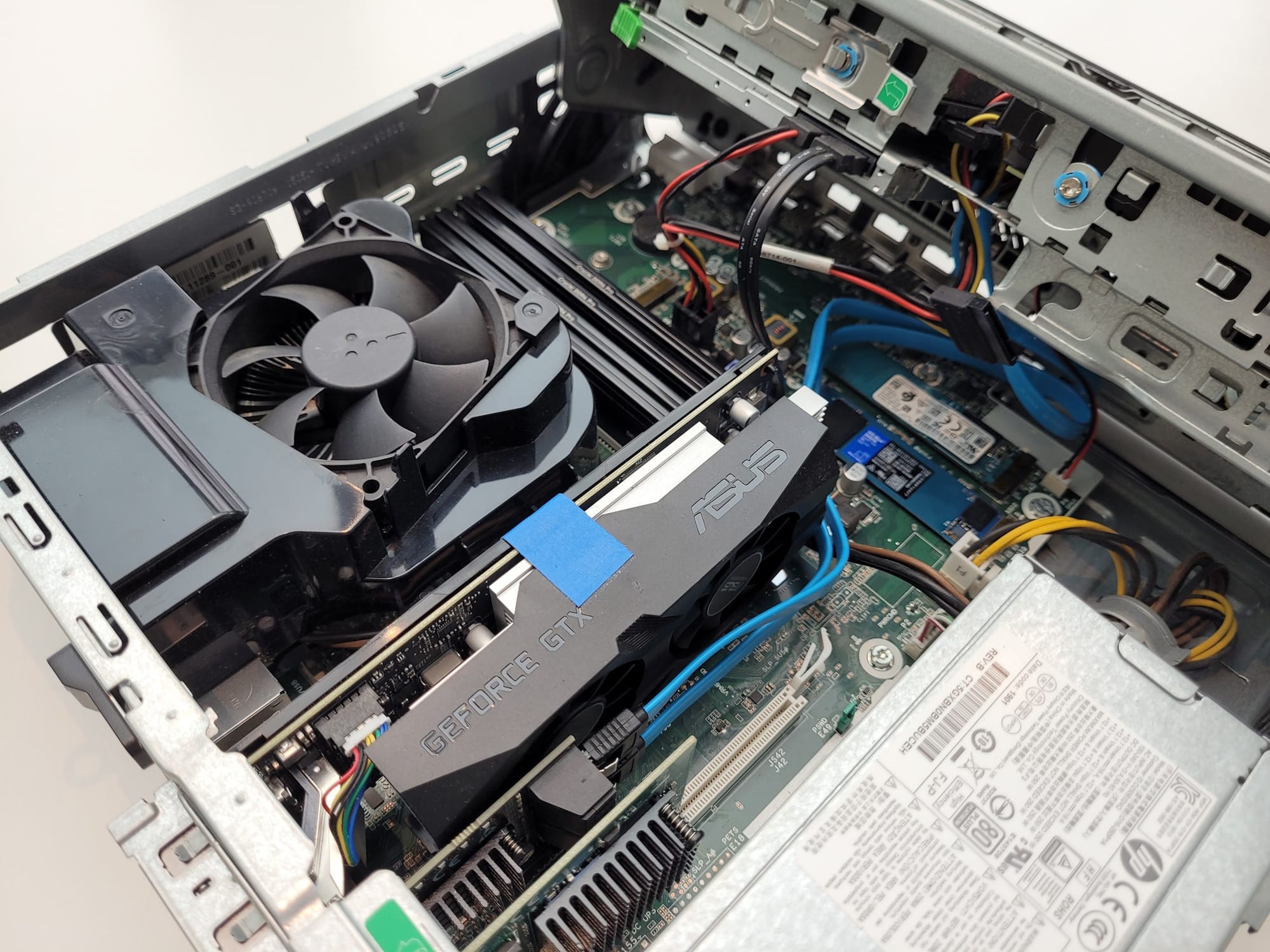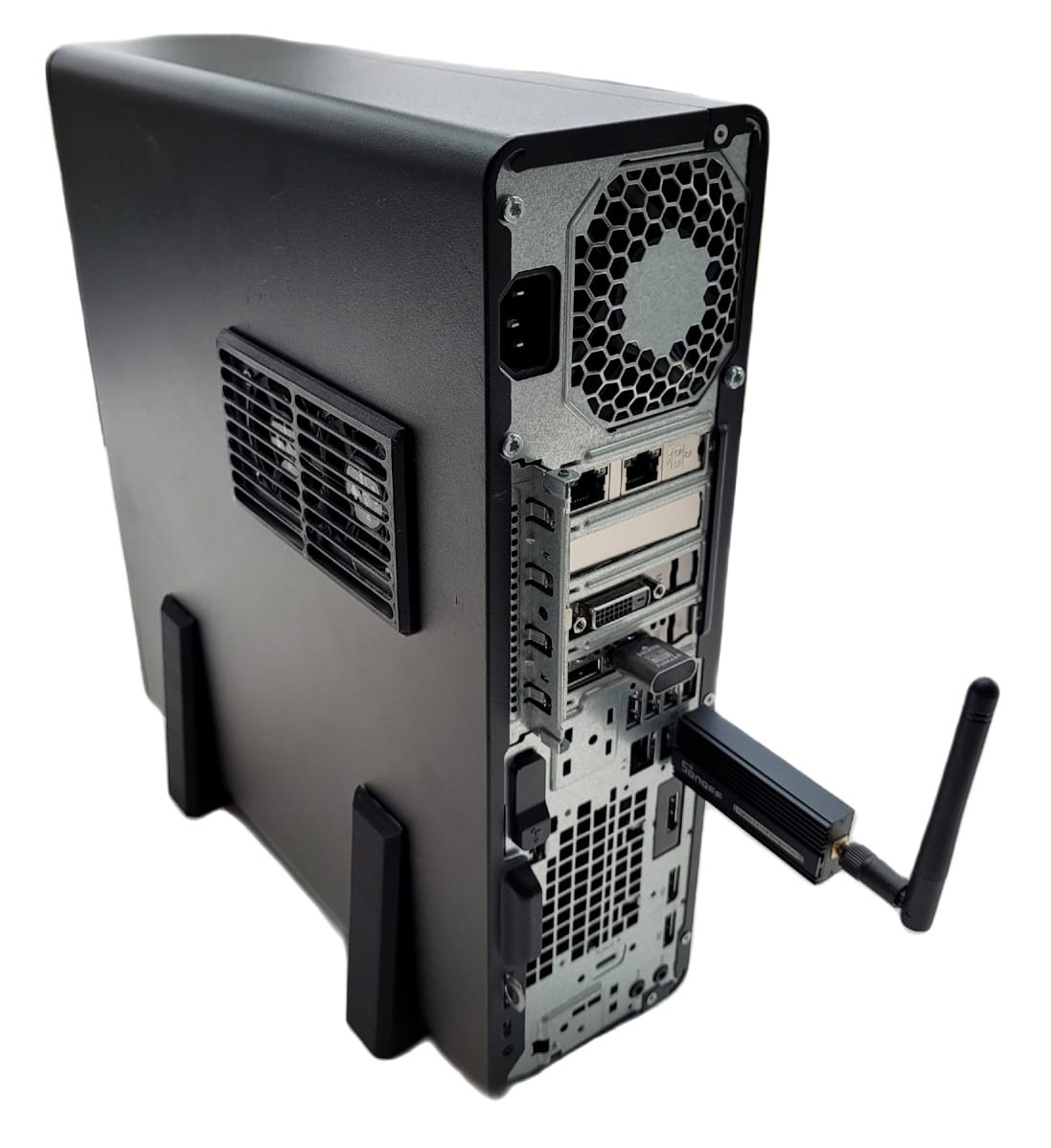When you need or just want to run a server at home there are several good options to consider. If you just need network storage that just works, offers a good selection of well maintained software and does not need any tinkering, then I can recommend a Synology NAS.
But for not much more money you can do a lot more. When looking for a new server I always check my local second hand sites and eBay for office PC's from vendors like HP, Lenovo or Dell, but most of the time I will go for HP Elitedesk. The are easy to find, well priced and easy to work on.

If you already have a NAS and do not need a lot of other expansion options then look for the older HP Elitedesk 800 G2. It is a very compact system that even fits under a monitor stand and has an Intel core i5 6500 CPU and 4 or 8 GB RAM. Perfect for a simple server or as part of a cluster.
If you like to build a more capable server then you need an Elitedesk 800 G4 SFF. That system has an 8th gen core i5 8500, two 3.5" HDD bays and up to 4 low profile PCIe expansion slots. It came with a only 8GB of RAM and a 250GB SSD, so the first thing I did was swapping the memory with 64GB and I swapped the SSD with a Western Digital Blue drive of 1TB. The original SSD moved to the second NVMe slot.

I also added two 4TB Western Digital RED NAS drives, and it came with a build in slimline DVD drive. Below the drives there is space to put an extra 2.5" SSD, but at the moment that is still empty, If I need more space I will replace the 250 MB SSD first.
In the PCIe x16 slot I have installed a low profile Nvidia GTX 1650 graphics card from Asus. It is an affordable card with 4GB memory and it does not need and extra power connection. When I checked the dimensions it looked like it would jsut fit in the case, but I had to use my dremel and move the fan a bit to make it fit.
In the PCIe x4 slot I have added an Intel dual 2.5Gbps network card. On my switch I have two 10Gbps SPF+ ports, but I don't need that speed, having two extra NIC's was more useful. And despite having multiple PCIe ports speed will always be limited by the fact that the CPU only provides 16 PCIe lanes. The mainboard will have a PCIe switch to provide all the PCIe lanes for the NVMe slots, wifi slot and other expansion slots, so it will never be possible to have the maximum speed on all these devices, but since it is just a low power home server it is not an issue.

The two hard disk will we used with a virtualized NAS running Freenas. The easiest way to pass thru the drives is to connect them to a separate sata controller and then passing thru that controller to the NAS VM. On Amazon I bought a cheap low profile sata controller that include the angled sata cable I will need for this small case.
Having a small server has a lot of benefits, it is easy to place somewhere on your desk on in a rack, you can take your home lab with you if necessary. To place it vertically I have printed some simple stands so it doesn't tip over. But the case had one big disadvantage: airflow.

Originally only the cpu fan and psu fan will draw air out of the case and that was not enough when the video cart was in use. So I had to add extra fans to the side of the case. As you can see on the image I have added two 50mm fans and printed a fan grill to cover them. In the HDMI port of the GTX 1650 is a dummy screen plug, without a screen attached the video cart will not generate an image, you will only see a black screen when streaming games. This is an easy fix, you can buy them for emulating a 1080p or 4K screen, for this cart I went for the lower 1080p resolution.
Including the Elitedesk and all the parts it has cost me €640 to build this system. In a later post I will go over the software and services running on this system.